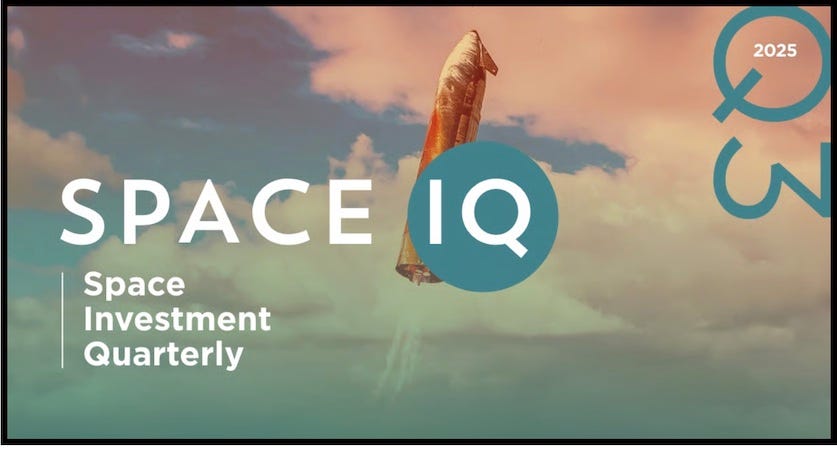Space Economy Sees $5.8 Billion in Q3 Investment as Defense and AI Drive Growth
Infrastructure Companies Lead Funding as Industry Shifts from Speculation to Proven Capabilities
The commercial space industry attracted $5.8 billion across 115 companies in the third quarter of 2025, putting the year on track to rank among the top three funding years on record, according to Space Capital’s latest quarterly report. Venture capital firms drove 86% of investment activity, with infrastructure companies capturing $4.4 billion of the to…
Keep reading with a 7-day free trial
Subscribe to The Journal of Space Commerce to keep reading this post and get 7 days of free access to the full post archives.



